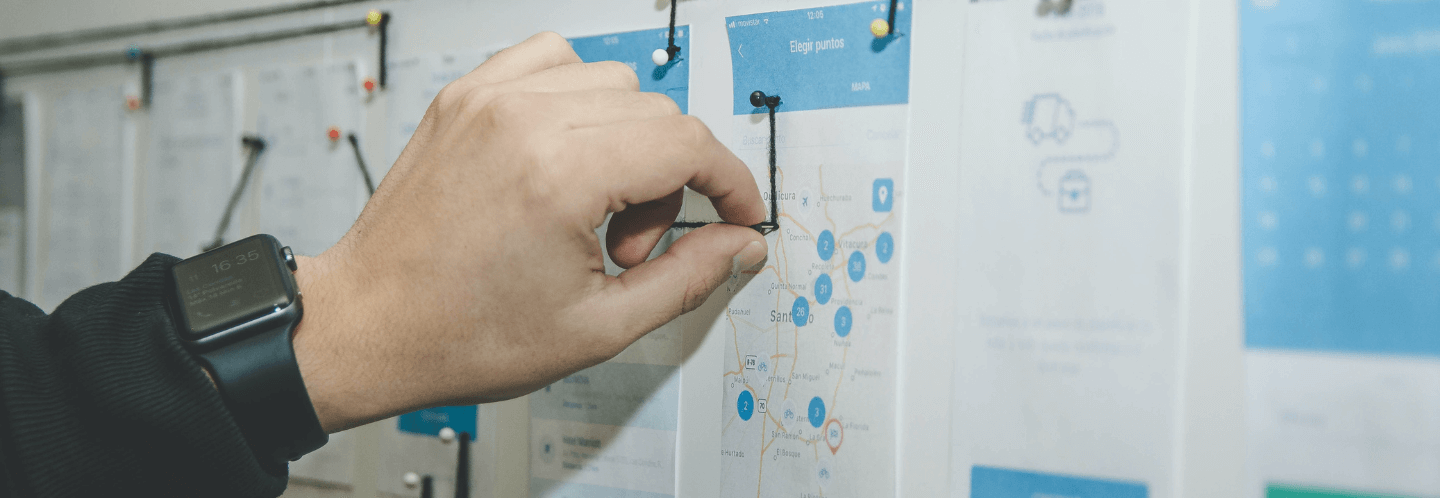Imagine for a moment you’re having lunch with a friend of a friend. You know they could benefit from your product but have yet to express interest. You’re having a good time. You spend the hour together sharing stories about your families. You talk about your favorite sports teams, hobbies, and the concert you attended last week. Everything feels good, like you’re making a real connection. Then as you finish your meal and ask for the check, you decide to quickly pitch your product. Keep in mind that up until this point, you haven’t talked about their needs, your business, or what value you can provide. How do you think this makes your new friend feel? Kinda icky, right?
We recently sat down with sales coaches Rebecca Parry, Aaron Hale, Kendra Fluegeman, and David Snyder to talk about the sales process. Here’s a summary of what they had to say…
The Sales Process v. The Sales Pipeline
Most successful companies use an established sales process that outlines the steps sales professionals take to convert prospects into customers. It provides a consistent process for the entire sales team to use when working with potential customers and outlines what needs to happen to move a lead from one phase to the next.
The pipeline is a visual representation of each phase of the sales process. You can usually find details about your company’s sales pipeline in your customer relationship management (CRM) tool. You can use the pipeline to track your progress against stated revenue targets and create a plan to maximize your efforts. The sales pipeline also gives managers an understanding of where there might be bottlenecks in the sales process and opportunities for additional training.
The 6 plus 1 Stages of a Sales Process
Understanding the stages of the sales process will help you prioritize your work and maximize your result. Most models include at least six stages; prospecting, qualifying, the demo or meeting, the proposal, negotiations, and closing. We’ll go one step further and say that retention is the seventh. There may be variations in the terminology used to describe these stages, but the general concepts should be consistent. Let’s dig into the stages of the sales process.
- Prospecting. Prospecting is all about identifying new potential customers. During this phase, you will likely be doing initial research and reaching out to prospective clients to see if they would like to chat further.
- Qualification. When qualifying a prospect, you will gather information and assess the likelihood that they will become customers. You’ll consider their budget, ability to buy, need for your product, and purchase timeline.
- Demo or meeting. Once you’ve qualified a lead you will focus on setting up a demo or meeting. During this meeting, you can ask probing questions, illustrate that you understand your prospect’s needs and articulate the value of your product or service. It is an excellent opportunity to show your expertise and establish yourself as a caring partner.
- Proposal. Now it’s time to put together a proposal. This document will outline your offer, price, payment terms, and other vital information to ensure a seamless closing. That means anticipating and addressing any possible objections and ensuring that you are meeting both organizational needs and the needs of each stakeholder.
- Negotiation. You’ve created a proposal and delivered it to your customer. Odds of them accepting it as-is is unlikely. The negotiation process begins. The customer will likely come back to you with a list of edits they’d like to make to the proposal. You can accept them, reject them, or recommend an alternative solution.
- Closing. Congratulations! You’ve made it through the negotiation phase of the sales pipeline. It’s time to close the deal, sign contracts, accept payments, and exchange goods and/or services. You will be available to answer any questions and provide documentation of the sale.
- Retention. Depending on the industry, it can be up to 5 times more expensive to gain a new customer than to keep an existing one, according to the National Law Review. That’s why having a solid retention strategy is essential to keep your existing customers happy. During this phase, you’ll continue building relationships, provide additional value, and focus on stellar customer service.
Ready to Explore Your Sales Process?
It’s time to start exploring your pipeline. Ask yourself the following questions to get started:
- What are the stages of the sales process at your company?
- What has to happen for a prospect to move to the next stage?
- Have you aligned your prospects to their respective stage in the sales process?
- Are you confident in what you need to do to move each prospect to the next stage? If not, how can you increase your confidence (more knowledge, practice, mindset, etc.)?
Book a call with a TaskHuman Sales Coach to learn how to leverage your sales process to meet your goals.
Book A Session →








